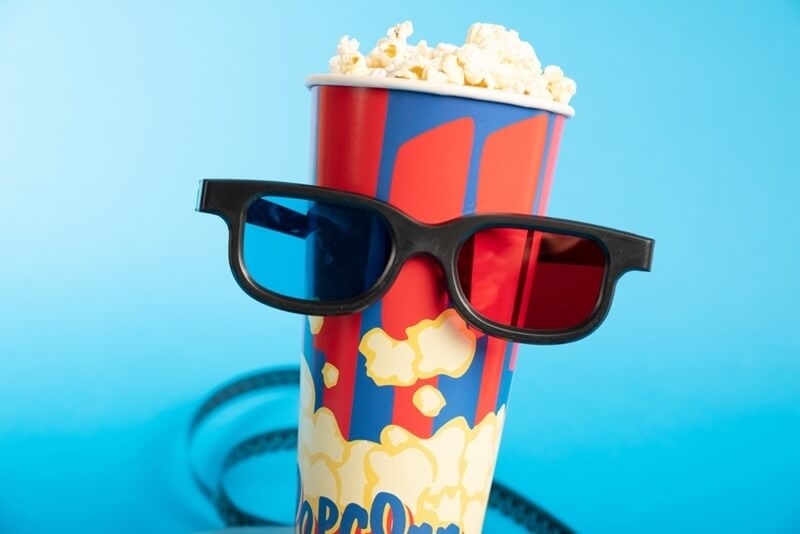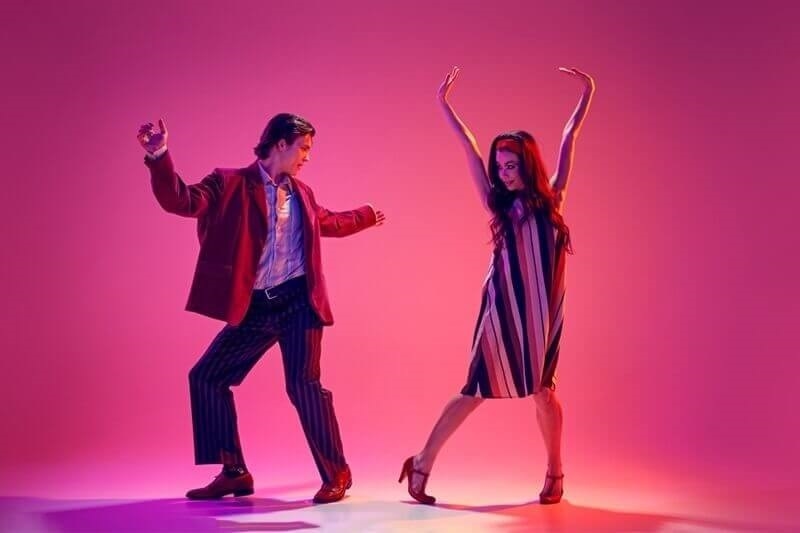
Modern-day advertising and visual marketing owe much of their success to pop art. Its cheerful style, strong designs, and light colours get the attention as if nothing. Pop art is a movement that allows brands to touch the hearts of their customers in a way that makes marketing enjoyable, memorable, and successful. Here in our blog, we will address the effects of pop art on contemporary marketing, what pop art is, what style it adheres to, and the importance of renowned pop artists.
Pop art refers to a form of visual art that transformed the perception of art and advertising. It can transform ordinary things into vibrant, funky items that one cannot pass on. Pop art presented a creative means of product delineation and of touching the hearts of marketers.
The colours and distinct shapes of pop art are bright and contrasting. The style is self-attractive, and this is why the style is popular in advertisements. Brands would like people to see their products immediately, and pop art makes it happen.
A part of what makes pop art such an effective marketing tool is that pop art resonates with people on an emotional level. It tends to depict common items whimsically or exaggeratedly, leaving viewers either delighted, nostalgic, or intrigued. Ads that stir emotions are more memorable and will most likely have an impact on purchasing decisions.
There are numerous products which pop art on their packaging. Products are distinguished in shelves by bright colours, fun patterns and cartoon-like designs. People are attracted to products that are jovial or distinctive. As an example, snack packs or colored beverage bottles produced in a limited edition may adopt a pop art design.
It is good to know about pop art and its origin before delving deeper into the marketing. Pop art originated in the fifties and sixties as a response to conventional fine art. Artists did not want to make something abstract.
Pop art style is the style that is all about being bold and simple. It often includes:
This form renders art visually impressive and recognisable.

A few pop art artists became a make-a-name movement and a force behind advertising today. Key pop art artists include:
These artists made marketers think outside the box and told a story with art.
Pop art artists explored ordinary things and turned them into something extraordinary. Warhol made soup can art, proving that even common objects could be aesthetically thrilling. Marketers have learned one important thing through this strategy: even a simple product can become interesting with a proper design.
Also read: What is Pop Art Advertising? Pop Art Movement Overview
The pop art style is extensively stepped upon in modern advertising. Its impact can be seen in the social media graphics, online advertisements, packaging, and even video campaigns. Pop art helps in making the campaigns fun, audacious and memorable.
The pop art style is adopted by Instagram, TikTok Tok and Facebook brands to gain followers. Feeds are characterised by bright colours, comic-type graphics and bold text. It is a style that promotes sharing as well, since individuals enjoy publishing images of fun content.
The designs of magazines and posters tend to be pop art-inspired. Helping products to capture attention are the use of big fonts, bold colours and repetitive images. An example is a soda company that can have repeating colourful bottles in its advertisement.
Another field in which pop art excels is video ads. Ads are more elaborate with animation, bright backgrounds and cartoon effects. These tricks touch the emotions of the viewers, as they laugh or smile when thinking about the brand.
Famous pop art artists are not just historical figures; they continue to inspire marketing teams worldwide.
Andy Warhol’s approach to everyday objects shows brands how to make products iconic. Many modern campaigns mimic Warhol’s repetition technique, using multiple product images to create impact.
Lichtenstein’s comic book style is perfect for storytelling in advertising. Marketers use speech bubbles, bold lines, and dotted textures to create narratives.
Keith Haring’s art is full of movement and energy. Brands apply similar techniques in digital campaigns with animated figures or dynamic patterns, making the content more exciting and attention-grabbing.
Suggested reading: Discover Pop Art Mural Trends in Public Spaces in 2025
Pop art is not all about colours and shapes; it is all about feelings. It enables brands to convey emotions, something that is important in contemporary marketing.
Objects or celebrities that are known to people are common in many works of pop art. Advertisements with an identical appeal provoke nostalgia, creating a sense of belonging to the product or brand. Examples of these include retro-style soda advertisements or retro poster designs that leave positive memories and associations.
Pop art makes marketing amusing. Whimsical or humorous designs are more apt to attract and make people share. Pop art graphics help brands express their personality and are popular with youthful audiences.
Principles of pop art also apply not only to visuals, but also to a general approach of branding. These concepts help brands develop identity, recognition and emotional resonance with audiences.
Pop art educates brands to be deliberate about colour. Bold and contrasting colours are used to make a brand unique and recognisable. In the case of example, a company may always have red and yellow in all its campaigns, which will give them a visual identity.
Marketing that is pop art, in effect, tells stories through images. It can be a comic-type advertisement or fun video, but by telling a story, campaigns can become relatable and memorable. Customers have a higher tendency to purchase brands that convey an explicit emotional message.
Pop art has transformed advertising and visual marketing within brands. Its daring colours, the playful and emotional touch make the campaigns memorable, interesting and effective. By knowing the meaning of pop art, studying pop art in famous pop art artists, and using the pop art style in creative expressions, contemporary marketers can help reach audiences at a more personal level. Pop art can be seen in social media, in the packaging and video advertisements, and it will influence brands to boldly, playfully and memorably make an impression.
This content was created by AI